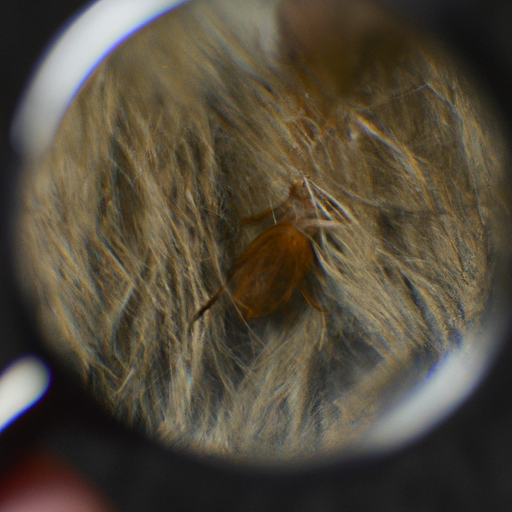Introduction: The Unseen Invaders
You’ve seen your beloved pet scratching more than usual, and your heart sinks. You know what this could mean: fleas. But how do these tiny invaders find their way onto your dog in the first place? Let’s dive into the world of these pesky parasites and explore how they manage to hitch a ride on your furry friend.
How Fleas Find Your Dog
Fleas are not just annoying; they’re also incredibly opportunistic. They’re experts at finding hosts, and unfortunately, your dog makes an ideal one. Here’s how the process usually works:
- The Jump: Fleas are expert jumpers. They can leap distances up to 100 times their body length, making it easy for them to hop from the environment onto your dog.
- The Hitchhike: Fleas can also hitch a ride on other animals. If your dog interacts with another infested animal, the fleas can easily transfer.
- The Environment: Fleas thrive in warm, humid environments. They can survive in the environment, such as grass or sand, waiting for a host to pass by.
These are the most common routes, but remember, fleas are opportunists. Any chance they get to find a host, they’ll take it.
The Lifecycle of a Flea
Understanding the lifecycle of a flea can give you valuable insight into how to prevent and treat infestations. Here’s a quick overview:
| Stage | Description |
|---|---|
| Egg | Fleas lay their eggs in your dog’s fur. These eggs then fall off into the environment, such as your home or yard. |
| Larva | The eggs hatch into larvae. These creatures avoid light and burrow into carpets, furniture, or soil. |
| Pupa | The larvae spin cocoons and develop into pupae. They can remain in this stage for weeks to months, waiting for the right conditions to emerge. |
| Adult | The adult flea emerges from the cocoon and immediately begins seeking a host. The cycle then repeats. |
Prevention and Treatment of Fleas
Luckily, you’re not powerless in the face of a flea infestation. There are several steps you can take to protect your dog:
- Regularly use flea preventatives. These can come in the form of topical treatments, oral medications, or flea collars.
- Keep your home clean. Regular vacuuming can remove eggs and larvae from your environment.
- Wash your dog’s bedding often. This can help eliminate any fleas, eggs, or larvae that may be hiding there.
Common Misconceptions About Fleas
There are many misconceptions about fleas. Here are a few common ones:
- Misconception: Fleas can only survive on pets.
- Fact: Fleas can survive in the environment for long periods, waiting for a host.
- Misconception: Fleas aren’t a big deal.
- Fact: Fleas can cause serious health issues, such as anemia, tapeworms, and allergic reactions.
- Misconception: If I don’t see fleas, my pet doesn’t have them.
- Fact: Fleas are very small and can be difficult to see. Regularly check your pet for signs of fleas.
FAQs
Q: How long can fleas live on a dog?
A: Without treatment, fleas can live on a dog for up to 100 days.
Q: Can fleas live on humans?
A: While fleas can bite humans, they prefer animal hosts and cannot live on humans.
Q: How can I tell if my dog has fleas?
A: Besides scratching, you might see small black specks in your dog’s fur (flea dirt) or even the fleas themselves.
Remember, you are not alone in the fight against fleas. With knowledge and the right tools, you can keep your furry friend safe and comfortable.



